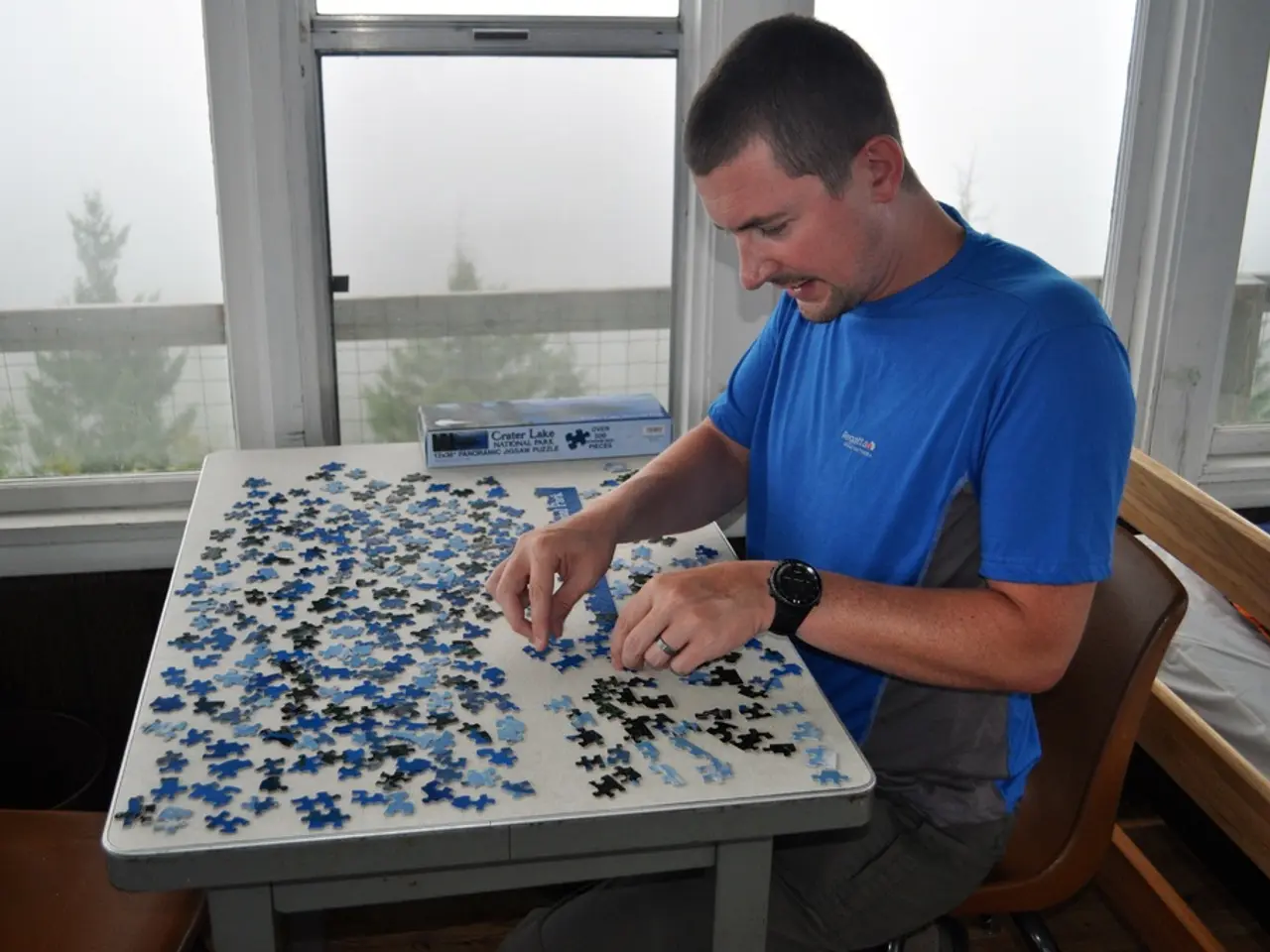Enhanced IEP Objectives for Boosting Executive Functioning Abilities
Role-playing is an effective way to give a child the opportunity to practice problem-solving skills in various situations. However, identifying deficits in these skills can be challenging. Behavioral observations can be useful for identifying problem-solving skills deficits.
When creating IEP goals for problem-solving, it's crucial to be specific, break them down into smaller steps, and make them achievable, measurable, and time-based. The Real Life Executive Functioning Skills Assessment and the Executive Functioning Assessment are useful tools for identifying areas where a child is struggling.
A child's ability to problem solve is closely related to other executive functioning skills. Struggling with problem-solving skills can lead to problem behaviors such as talking back, aggression, and self-destructive behaviors.
To write effective IEP goals addressing problem-solving skills for students with executive functioning issues, focus on specific, measurable, and achievable objectives that break down problem-solving into manageable steps while incorporating executive function supports.
For instance, a goal might be:
"By [date], given a multi-step academic problem, the student will independently break the problem into at least three smaller parts and use a checklist to complete each step with 80% accuracy in 4 out of 5 opportunities."
This structure supports the planning, organization, and self-monitoring components of executive function critical to problem-solving. Incorporating visual supports (e.g., graphic organizers), teaching self-questioning strategies (“What is the problem? What are possible solutions?”), and building skills to evaluate outcomes significantly enhance the effectiveness of these goals.
Collaborative goal setting with educators, therapists, and families further ensures the goals are relevant and achievable within the student's natural contexts. Writing goals for problem-solving may include creating a keyword outline that includes the main topic and three supporting points, and creating five-paragraph essays with proper structure that address the assignment prompt.
Math goals for problem-solving may include determining the correct mathematical operation with a certain level of accuracy, and solving mixed addition and subtraction two-step word problems. Social goals for problem-solving may include using pre-taught problem-solving techniques in documented situations across the school day, and resolving conflicts by offering an apology and using calm language.
Reading goals for problem-solving may include using context clues to determine the meaning of unknown words, and answering who, what, where, why, and how questions with a certain level of accuracy. The IDEAL Method is a strategy to help a child become a better problem solver.
Motivation plays a major role in teaching new executive functioning skills. There is a resource available that provides 1,282 IEP goals across 30+ skills, including the goals in this article. The EF IEP Goal Resource Hub provides more executive functioning IEP goal ideas.
Writing problem-solving goals should involve all members of a child's care team. Further reading includes articles on problem-solving, the IDEAL Method, and long-term strategies for diverse learners.
- Incorporating goal setting in IEP planning is beneficial for addressing problem-solving skills deficits, as specific, time-based, and achievable goals help foster personal growth and life skills.
- To bolster executive function skills related to problem-solving, learning strategies such as self-questioning, use of graphic organizers, and evaluation of outcomes can be valuable in creating effective IEP goals, ultimately contributing to education-and-self-development.
- It's essential to widen the scope of problem-solving goals to encompass various domains, including math, reading, and social interactions, to ensure comprehensive skill development and long-term success.




